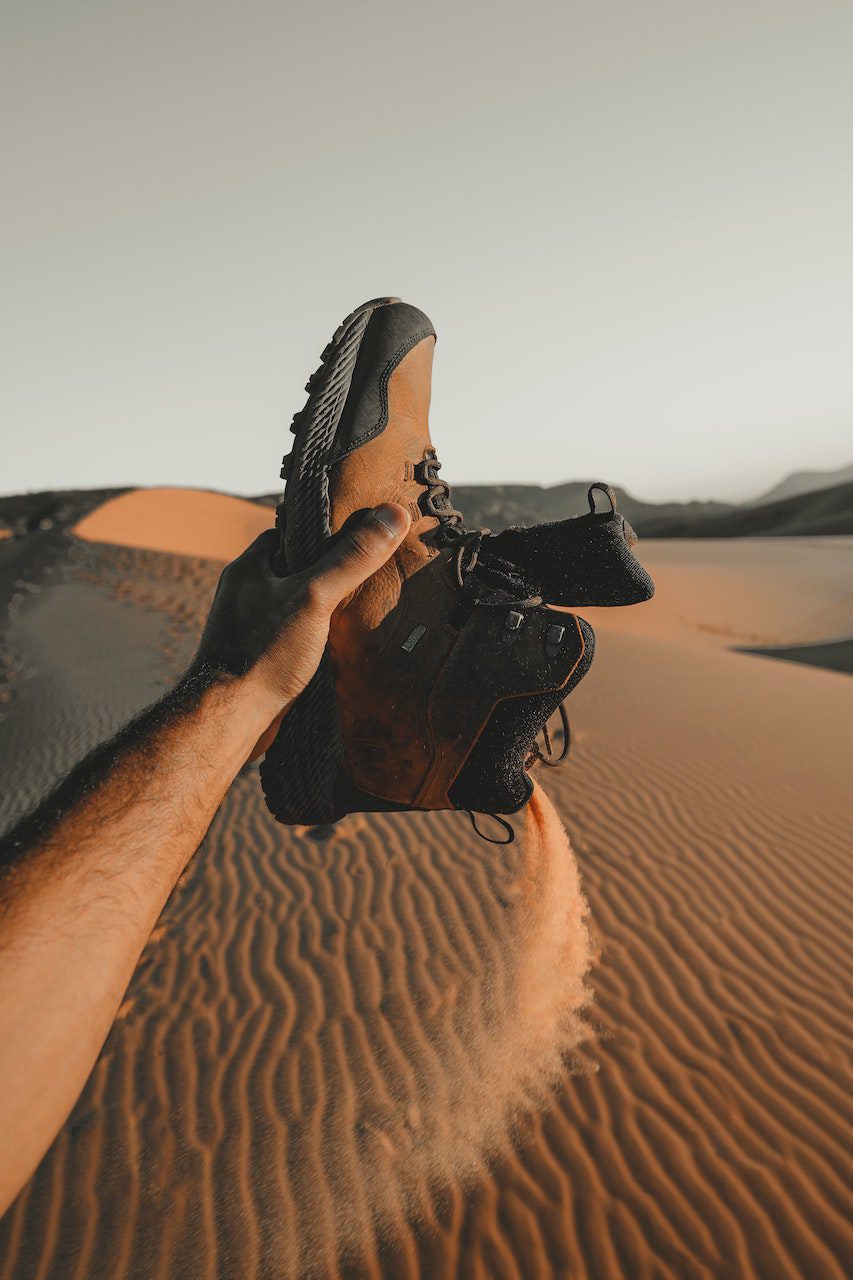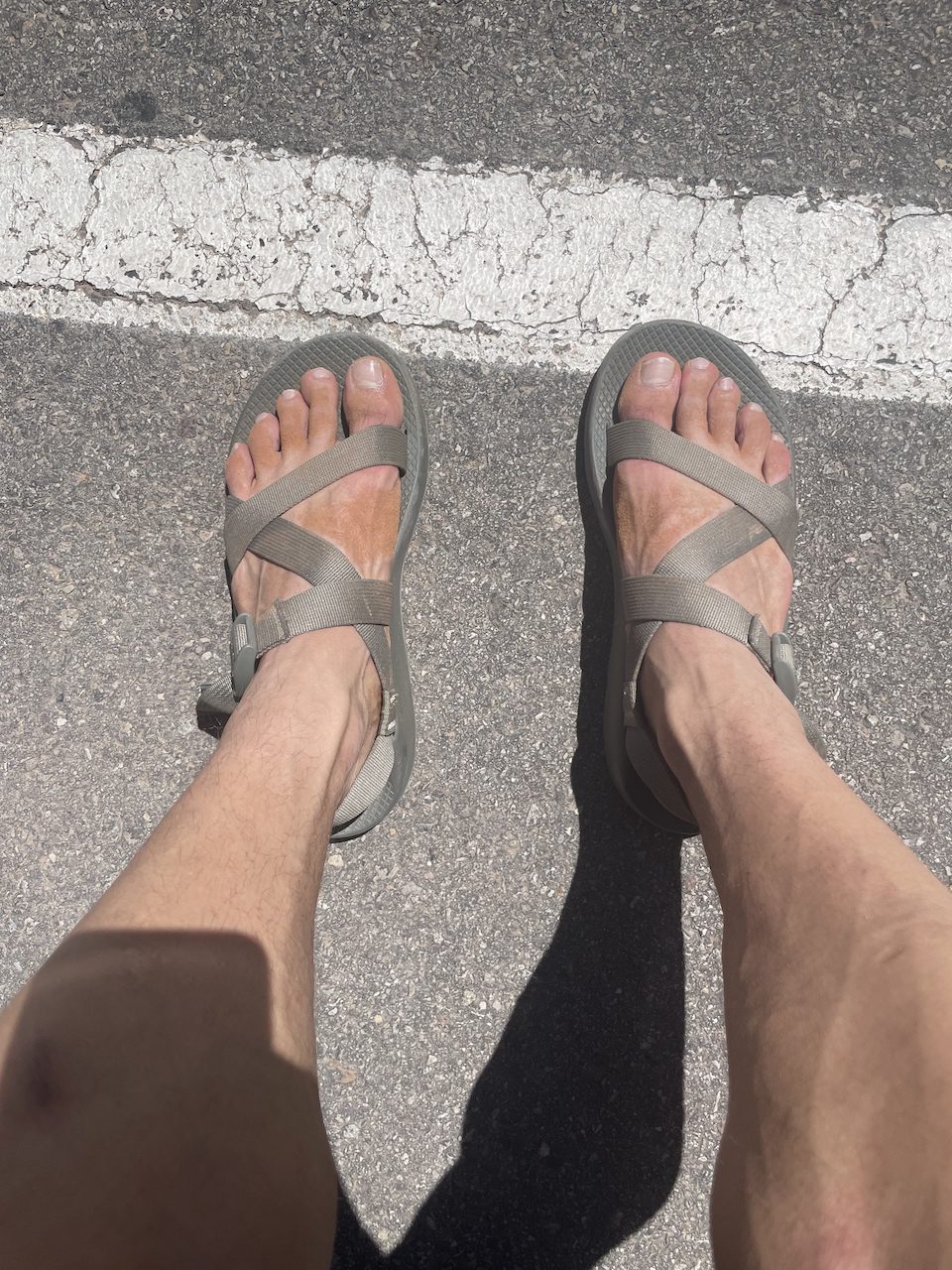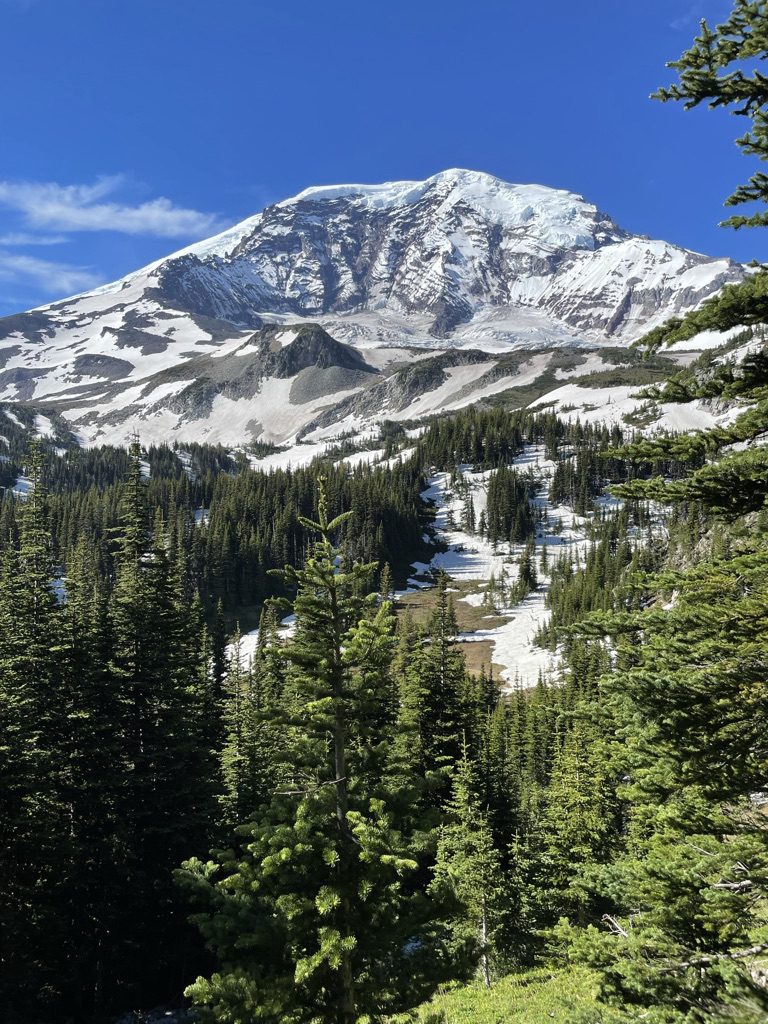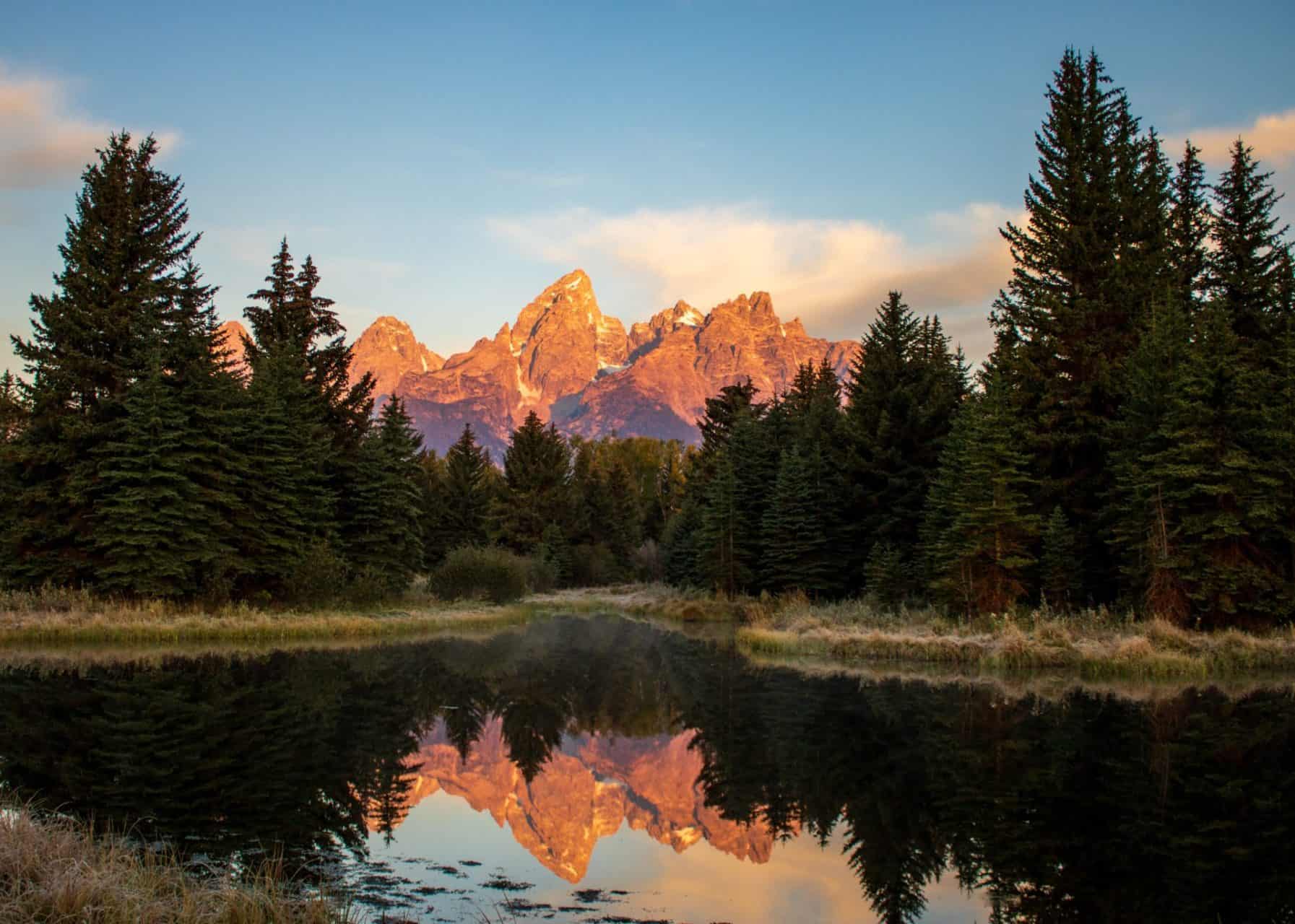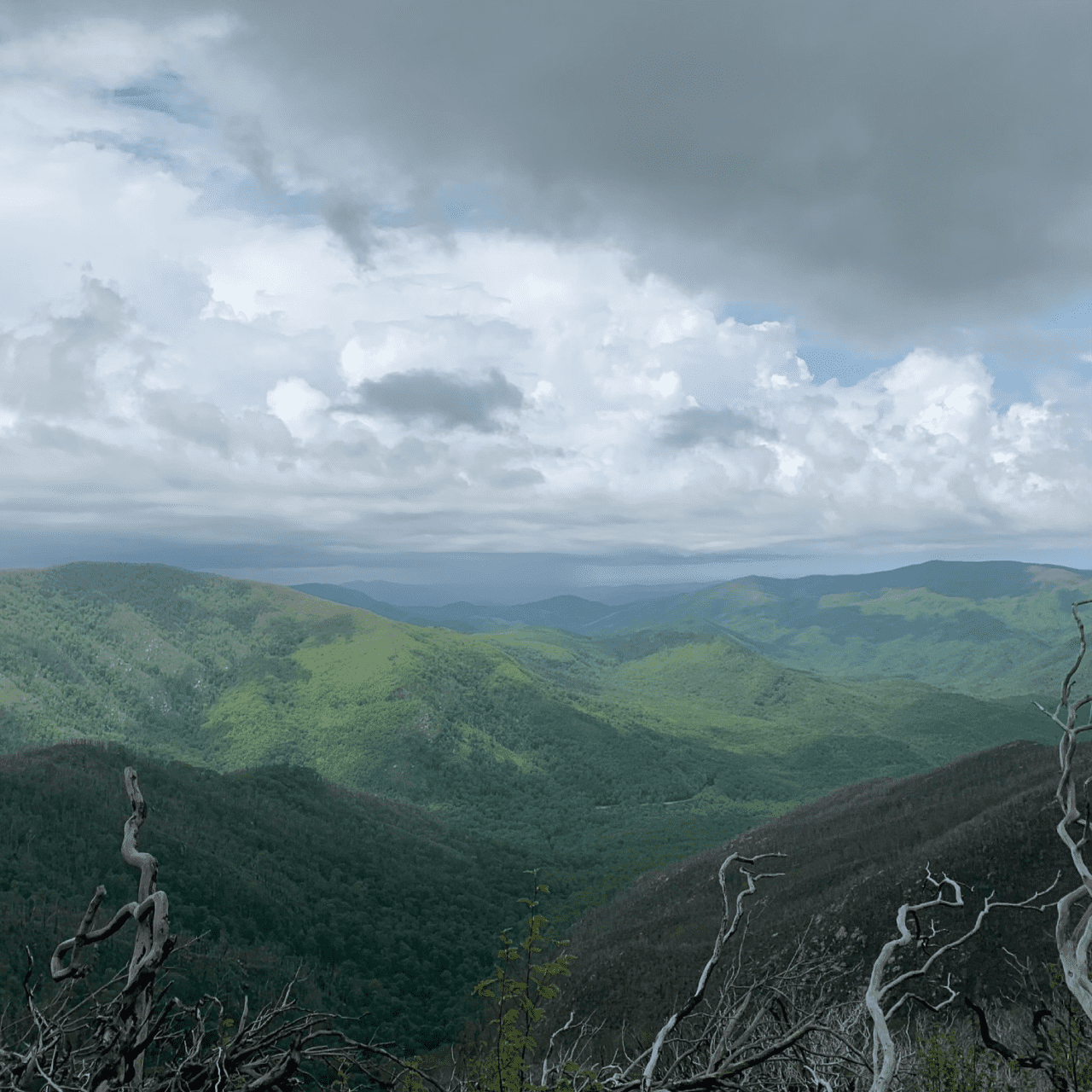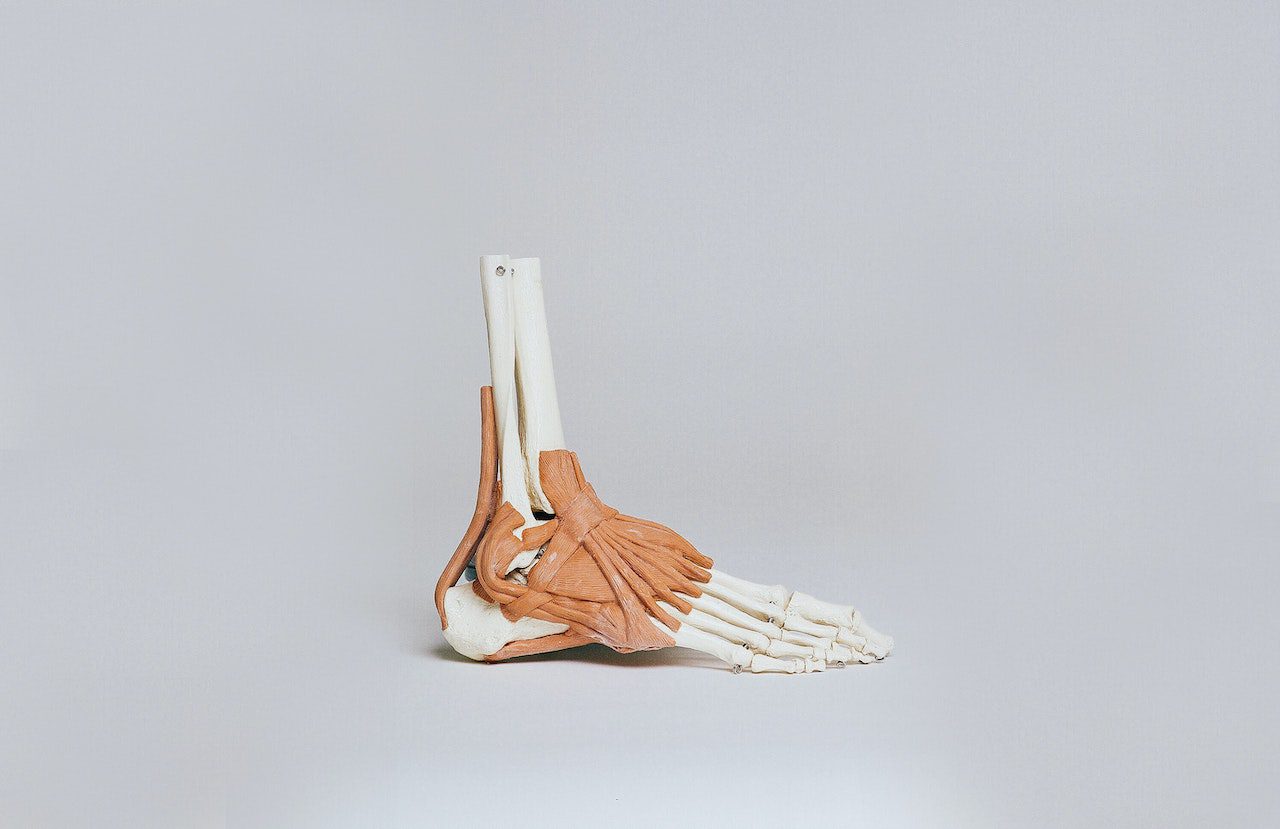
Are Hiking Socks Necessary? Why You Need A Pair
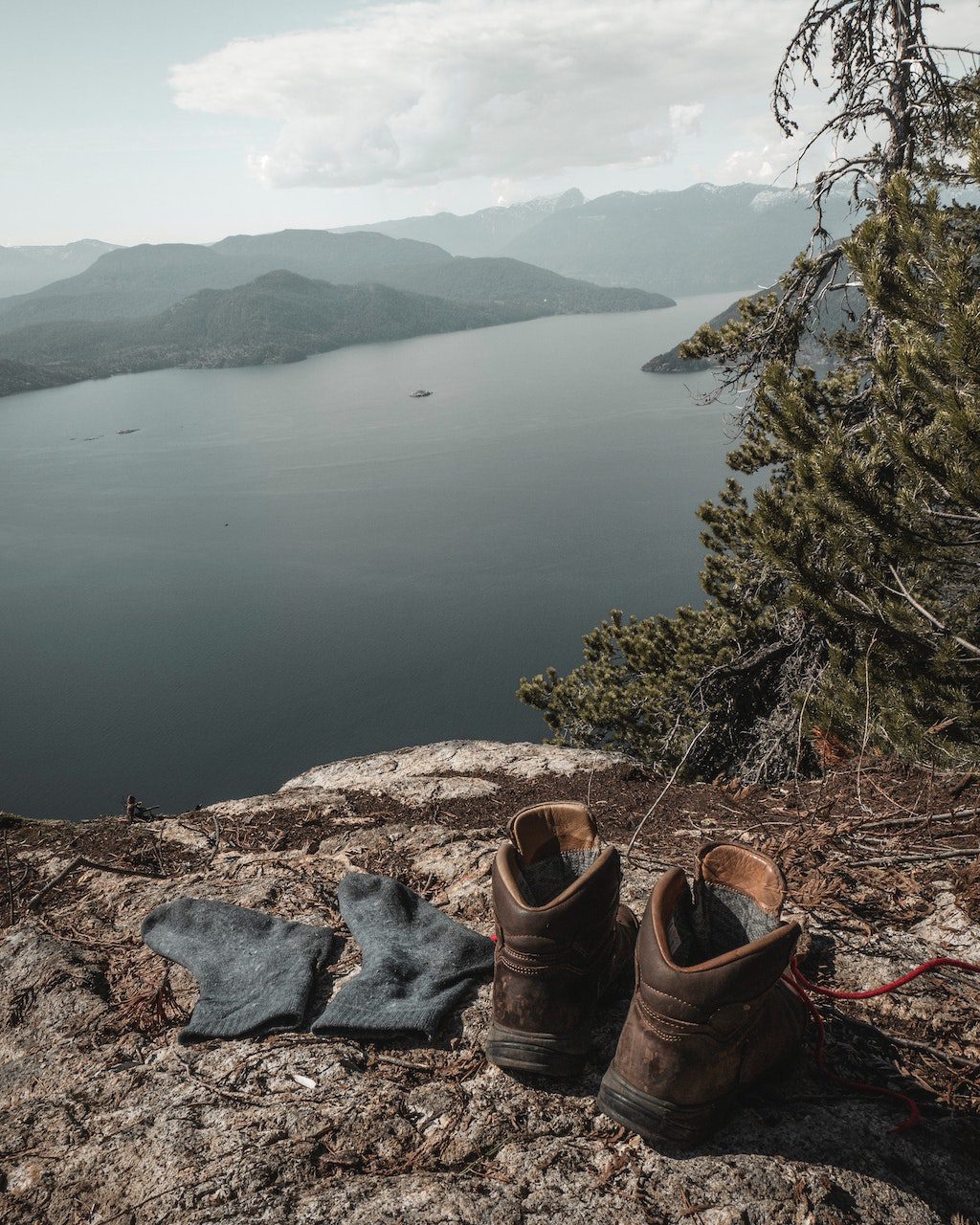
Yes.
Hiking socks are a necessary piece of gear to have on your hiking trip. Typically made out of wool, hiking socks offer several benefits when on the trail, including durability, warmth, and blister protection. Although it is possible to hike in classic cotton socks, this cheaper option has many drawbacks, which can lead to pain and discomfort during your backpacking trip. We will go over the benefits of hiking socks and some recommended socks for you to pick up for your next backpacking adventure!
Why You Should Avoid Using Cotton Socks For Backpacking and Hiking?
Before getting into why you need hiking socks, I will start with why your run-of-the-mill cotton socks just won’t cut it. Although cheaper and more available, cotton socks are much more likely to leave you with blisters and cold/wet feet. Blisters and dampness are a terrible combination and can lead to discomfort, pain, and even infection when on the trail.
Although great for casual everyday sock use, cotton is not a material meant to undergo long-distance hikes in the wilderness. These types of socks are simply not designed to hold up when in a wilderness setting where weather conditions can vary, and the environment itself has many more abrasive features such as branches, gravel, dirt, and boulders. Such an environment needs a sock explicitly designed to take a beating from the natural surroundings and the many miles of wear and tear brought on from hiking.
Why Are Hiking Socks Necessary?
Hiking have a number of benefits when on the trail, some of them include:
- Durability
- Warmth
- Blister Prevention
- Moisture Wicking
Hiking Socks Are Durable:
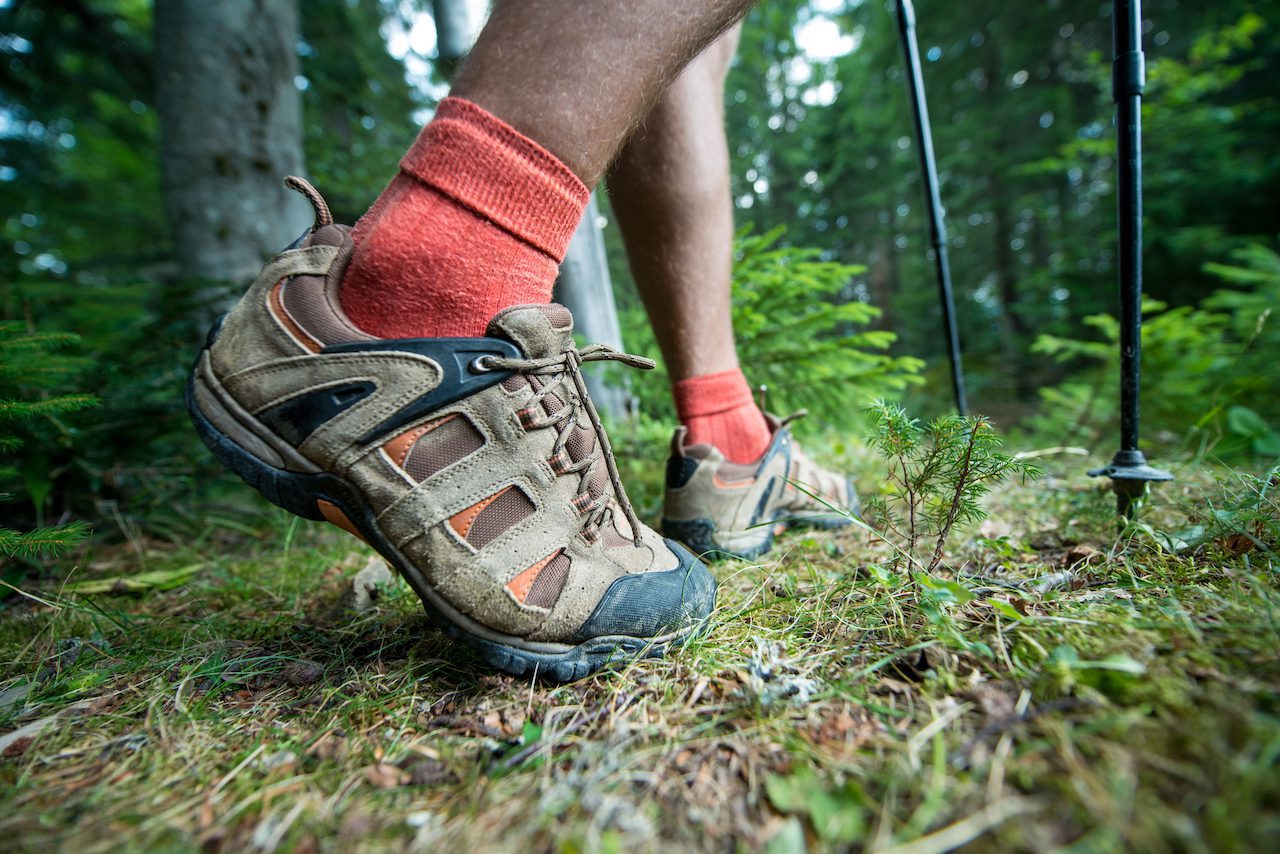
Outdoor and hiking socks are typically made from wool fabric, a thicker material built to last. Durability is a crucial feature for all of your backpacking gear. The wilderness can be a harsh environment full of debris and fauna that can damage your equipment, and your socks are no exception. The last thing you want on the trail is to get a hole in your sock leading to direct skin contact with your boot. This would lead to some painful hiking, not to mention gnarly blisters.
Having more durable socks also helps with ultralight backpacking because you do not have to worry about bringing many extra pairs, as two should do just fine, one for hiking and one for sleeping. The added durability of hiking socks will also save you money over the long run, as a good pair of wool socks can last you several years instead of spending more money each year on regular cotton socks.
Hiking Socks Keep You Warm:
Wool socks are inherently better insulated than cotton or nylon socks, thanks to their thicker design. This is especially helpful when hiking in more temperate climates to help make your hike all the more comfortable. Hiking socks also come in handy when you are trying to sleep. It is very easy to lose heat from your extremities, so you want to make sure you have a nice pair of hiking socks to keep you comfortable at night. The added warmth of hiking socks is crucial for those embarking on winter hiking trips to reduce the risk of frostnip and frostbite.
There are also different degrees of warmth associated with different kinds of wool socks. “Heavier” wool socks are better suited for travel in colder or snowy climates but if you are planning on hiking in an arid or desert-like environment you can elect to go with a more lightweight sock so your feet don’t overheat.
Hiking Socks Prevent Blisters:
Okay, now this is a big one for many reasons. First off, blisters can be very uncomfortable and painful, being the bane of many hikers’ existence(or maybe just mine!). Blisters can be painful, and they risk popping, which leads to an open wound, leaving you susceptible to infection. These can be a nuisance on the trail and lead to a miserable hike, so it is essential to take the proper measures to prevent them from developing.
Having a good pair of hiking boots can go a long way in blister prevention. These socks are specifically engineered for the activity of hiking, having added padding and protection at high impact points at your foot, including your toe and heel. This added protection pays dividends when on the trail because it reduces the risk of developing blisters, leaving you free to go out and enjoy your hike.
Hiking Socks Are Quick-Drying:
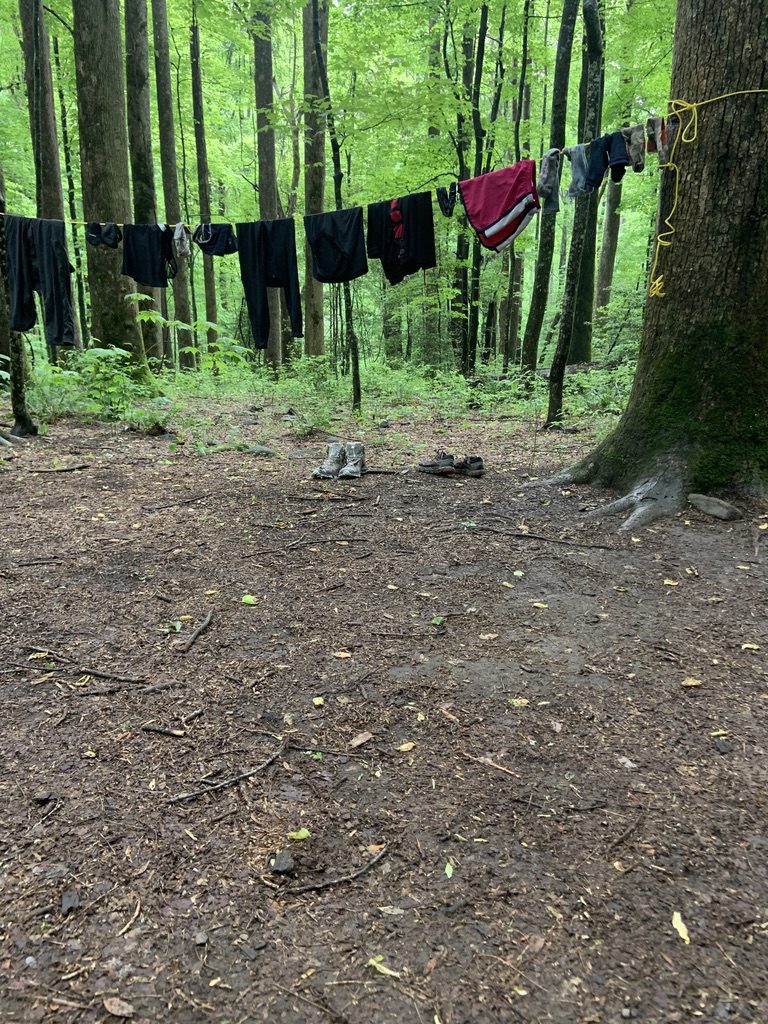
Wool hiking socks are moisture-wicking thanks to the properties of wool fabric. Moisture-wicking and quick-drying clothing are especially important when backpacking because mountain weather can be fleeting, going from clear skies and sunny to a rainstorm at the drop of a hat. So on those days where you get stuck in the rain, it is of the utmost importance to have quick-drying gear, so you are not soaked for your next day of hiking. Since your feet are stuck in a boot whenever you are hiking, it is even more important that your socks are quick drying.
The problem with cotton socks is that they can retain water for a while before drying, leaving you stuck with wet feet for days on end! This can lead to your feet developing blisters, becoming macerated, and even turning into trench foot. Having damp clothing while on a hike can be miserable, so spend a couple of extra bucks and get the fast-drying hiking socks!
How Much Do Hiking Socks Cost?
Hiking socks are more expensive than your classic cotton sock, typically in the price range of $20.00-$30.00, despite being more expensive they are certainly worth the investment due given their value and durability. This is one of those purchases that will save you money, in the long run. A pair of quality merino wool hiking socks will outlast a pack of cotton socks by many years saving you money and trips to the store.

